‘It’s great to be able to tell folks about my hometown’: Melody Horrill takes her memoir — and message — to the world
She’s been a familiar face in SA for years, but now former TV weather presenter Melody Horrill is taking her incredible memoir – and message – to the world.
SA Weekend
Don't miss out on the headlines from SA Weekend. Followed categories will be added to My News.
Having released her brutally honest memoir, A Dolphin Called Jock, Melody Horrill today details how she is taking her deeply personal story and passion
for the protection of dolphins to the international stage, while also forging a close bond with the legendary Jane Goodall
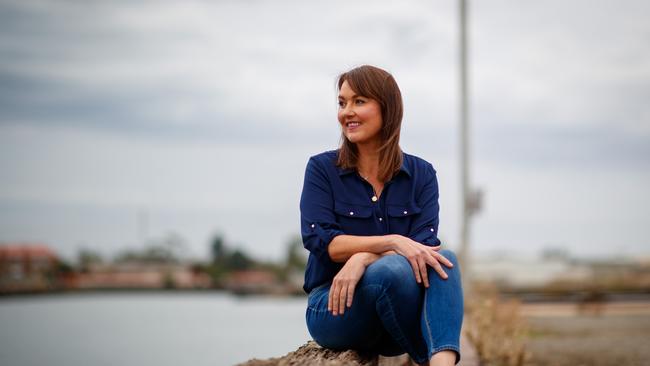
Q Tell us about how you got to know Jane Goodall (primatologist, activist, ethologist founder of the Jane Goodall Institute and UN Messenger of Peace)?
A I met Jane briefly at a fundraising function many years ago in Adelaide. I was struck by her compassion and dedication to animals and the environment. In late 2022, I was asked by my overseas publisher to nominate someone to read the international version of my memoir before its release and possibly endorse it (the book is published overseas as The Dolphin Who Saved Me). I immediately thought of Jane; I’d always admired and respected her work. I felt at the time it was a longshot, but I contacted a former colleague in Adelaide who helped me connect with the Jane Goodall Institute in the US and I sent them a copy. You cannot imagine my shock and delight when I received a response saying that Jane loved the book and attached a blurb she’d written. After reading Jane’s beautiful words I knew they should grace the overseas cover. It was a dream come true and the start of a wonderful journey.
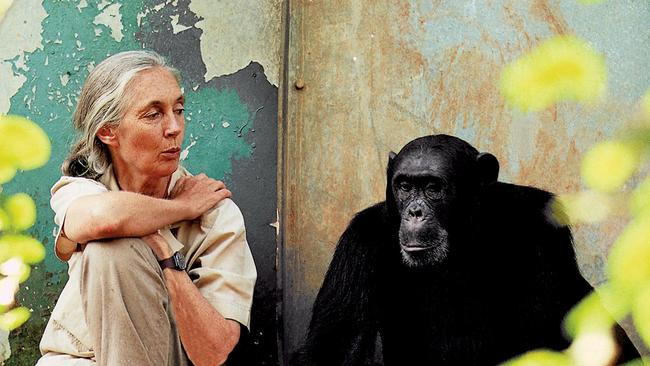
Q This has led to your work on the JGI’s international Cetacean Committee. What is its role and what is yours?
A Jane contacted me again last January asking whether I’d be interested in helping set up her new cetacean committee. I was so honoured to be asked that I immediately wrote back saying “yes!”. A few months later, I was approached about being co-chair. I accepted. It’s a voluntary role which is close to my heart.
Our vision is to end the practice of capturing wild cetaceans (marine mammals), phase out the breeding and keeping of cetaceans in captivity and create the best outcomes for those already confined. We support the development of seaside sanctuaries where former captive dolphins can live their lives in a more natural habitat, rather than existing in concrete tanks performing tricks for dead fish. You can’t just release dolphins into the sea who have spent their lives in artificial pools. Sanctuaries will allow them space to swim, dive and interact in an ocean environment and provide them peace and autonomy while still being cared for.
I hope that one day we may even have a sanctuary off the Australian coast. Kangaroo Island could be a great location.
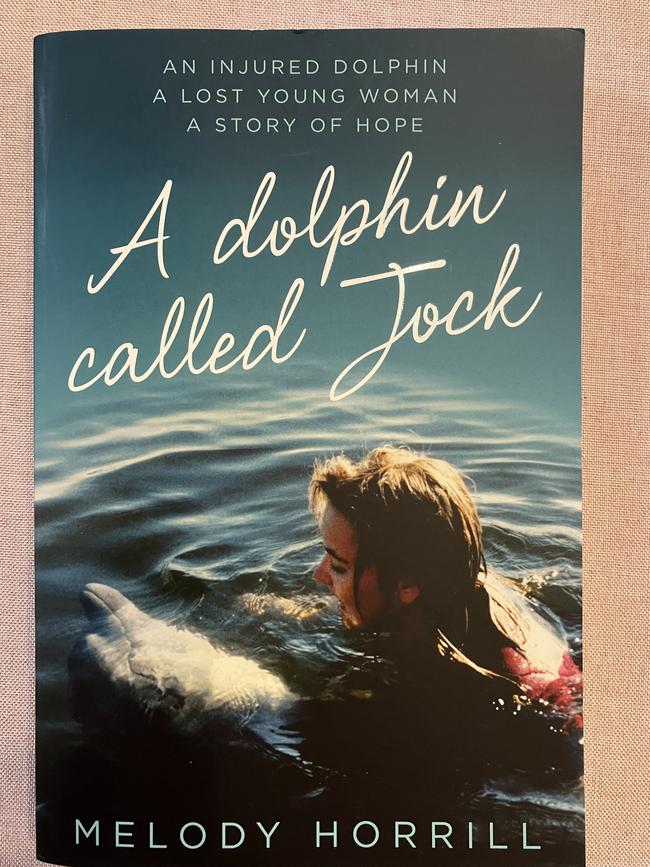
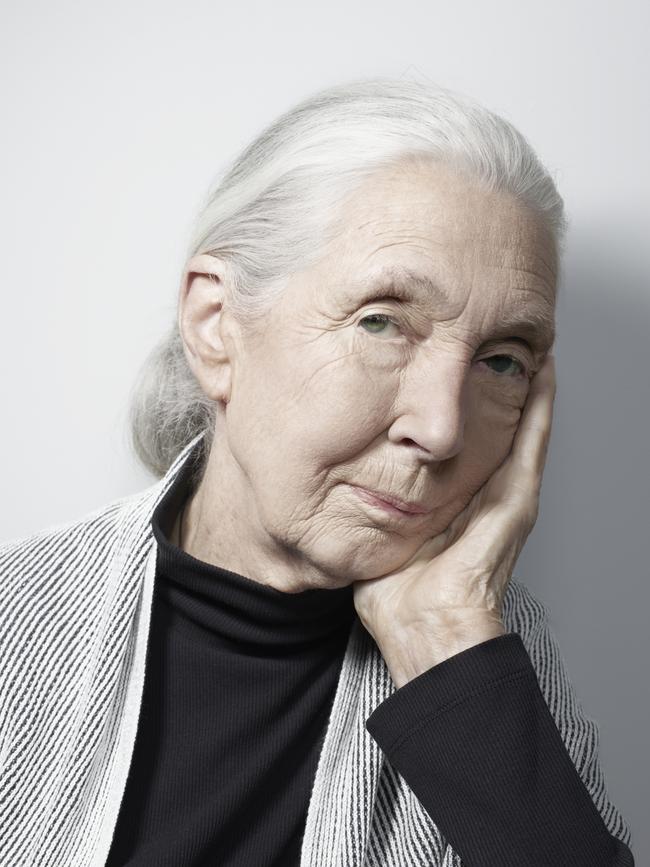
Q Jane is coming to Australia this month. What’s the purpose of the visit?
A Jane is returning to Australia as part of her Reasons for Hope tour, aimed at spreading her messages of hope around the world and sharing her remarkable stories. She is also very passionate about empowering young people through her Roots and Shoots program that encourages individual action to make the world better for people, animals and the environment.
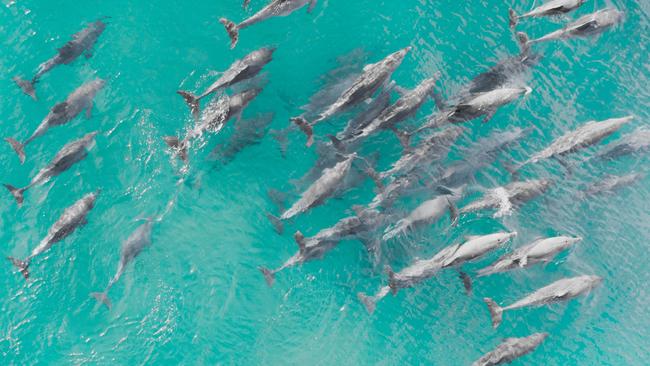
Q Last month you co-authored a letter to the Belgian parliament asking it to release dolphins in captivity. Why did you feel compelled to act?
A There are currently about 3000 dolphins and whales in captivity (worldwide) and an ongoing trade in capturing them from the wild, mainly for dolphin parks in Asia. A park in Belgium, which has been in operation since the 1960s has seven performing dolphins and concerns were raised about the high mortality rate of calves at the ageing facility. This prompted the government to review the situation and my committee co-chair, ethicist Dr Koen Margodt, who lives in Belgium, spearheaded a campaign to retire the dolphins to a sanctuary being developed off Greece.
As part of that push, I co-authored a letter to the parliament along with Jane and Koen. Jane also recorded a video which was edited by my friend Stephen Sard – who I worked with at Seven (Network) for many years. He used footage of the wild dolphins off Kangaroo Island, donated by KI/VH dolphin watch and local photographer Peter Fuller to show the contrast between wild, free mammals and those trapped in tanks. It was wonderful to have SA input into such an important video which has been shared globally by conservationists, scientists and celebrities like Pierce Brosnan.
Sadly though, recently the parliamentary committee voted to keep the dolphins at the park. We are disappointed but it’s only made us more determined to keep lobbying.
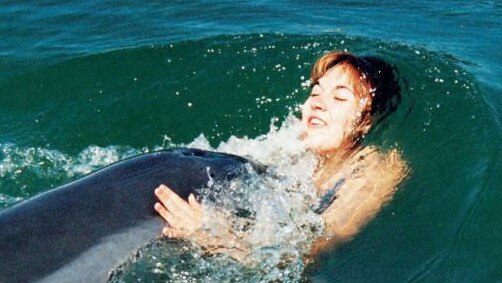
Q You also contributed to a book celebrating Jane, called Jane Goodall at 90: Celebrating an Astonishing Lifetime of Science, Advocacy, Humanitarianism, Hope, and Peace, not that long after writing your own. Tell us how that came to pass?
A Koen Margodt joined forces with well-known American biologist Professor Marc Bekoff to create a book celebrating Jane’s life for her 90th birthday. The idea was to have 90 short stories representing 90 candles of hope on her virtual birthday cake and I was asked to contribute a story. Of course, I accepted and felt enormously proud to be able to write about my dolphin friend Jock and how Jane inspired me and many others around the world. It was such a privilege to be part of this unique publication about Jane’s impact, which includes stories from well-known people like Peter Singer, Joaquin Phoenix, Leonardo DiCaprio and Sir Brian May. Very humbling and very special.
Q It’s been almost eight months since you released The Dolphin who Saved Me overseas. Tell us about the reaction to the book?
A I have been amazed by the reaction. People from Canada, England, Asia, and the US have told me how much they love the book and how it’s led them to have a greater appreciation and concern for dolphins and the ocean.
Some have said that visiting the Port River dolphins is now on their bucket list. I’ve made new friends overseas, including a woman from Arizona who thanked me for sharing my story and then made a generous donation to the committee. I now very much feel a part of a global community, and it’s great to tell folks overseas about my hometown.
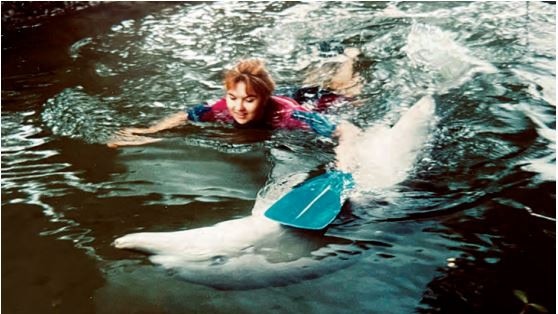
Q You were incredibly open and honest and allowed yourself to be vulnerable throughout the telling of your story. That took courage. Looking back, has it helped you in any way?
A Many people have asked me if penning this book has been cathartic. In some ways it has, but I had already spoken openly about my experience with domestic violence, so I had dealt with most of my trauma. But writing my story has helped me learn to accept myself and realise that it’s okay for me to be my authentic, imperfect, self. I have always struggled with that little voice inside of me telling me that I wasn’t good enough and that voice nagged at me while drafting the book. I doubted my ability to do it – writing a book is an enormous undertaking and it lives forever. What if people hated it, what if no one read it? What if people judged me, including my friends and family? Luckily, I had an encouraging mentor and a strong support network. Seeing it published internationally has helped me realise that I am capable of achieving anything I set my mind to. I will never be defined by my past.
The positive reaction to the book has given me more confidence in myself and confirmed that facing my fears was worth it – a single voice can make a difference in the world. I think this book has helped me understand the power of sharing stories and experiences. So, in many ways it’s restored my faith in me, and stoked the fire in my belly to make a positive impact for other life on this planet.
Q You also wrote, and speak openly, about your experiences with domestic violence. Tell us about the reaction and your views – given how we see horrific domestic violence headlines in the news regularly – regarding what still needs to be done and what needs to change?
A As I was writing, a friend asked if I was prepared to be pigeonholed as a “victim” and warned people would treat me differently. That scared me. I had never considered myself a victim, quite the opposite actually! So, I braced myself for the fallout, but many people have told me how much the book has inspired them. They’ve said that reading my story has helped them open up about their own childhood trauma and heal from it. There have been many times I have cried while reading these messages.
I have been staggered at the bravery of people who’ve shared deep feelings with me. I also know there are many people who are afraid of speaking out about domestic violence and feel it’s something that should be “kept in the family”. But I think we need to debunk that way of thinking. I’ve learnt that sharing our stories encourages others to share theirs – that’s how we learn from one another. So, let’s encourage and support people who’ve experienced domestic violence to tell their stories.
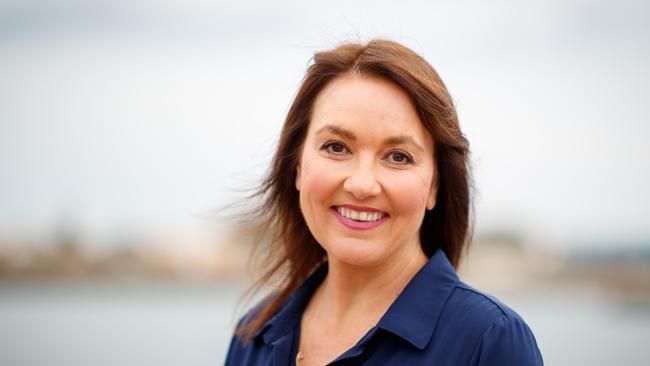
Q What’s next?
A I’m looking forward to releasing two more books this year. The first, due out in July, is a children’s fantasy titled A Cat called Q and the Magic Globe. The hero of the book is a young girl who lacks self-confidence but discovers her inner strength and bravery as she embarks on an adventure with a magical cat to save a world from destruction.
The second book, called Sheltered, will be out in September. It is nonfiction and follows on from the theme of my memoir – the profound beauty of connecting with our animal friends. It showcases real-life stories that explore the power of love and deep bonds between people and their adopted animals, and how those animals have changed and enriched people’s lives. I wrote this book in the hope it will encourage more people to consider adopting a rescue animal – so many animal charities are struggling terribly at the moment.




